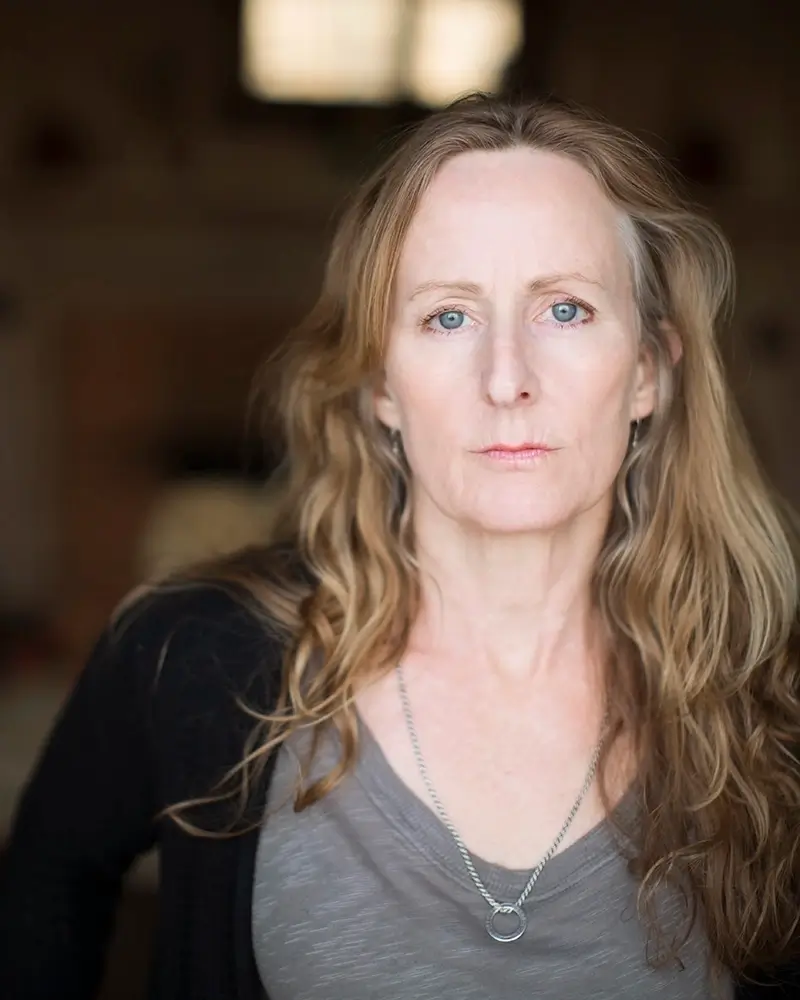Tamara Reynolds is a documentary photographer whose unflinching eye considers what it means to be human in today’s society. In particular, her work focuses on the lives of those who are usually unseen.
Reynolds’ photobook The Drake was published and released by Dewi Lewis in early 2022. The work — portraits, still lifes and streetscapes that document the lives of people existing just above survival on one square block around a motel in Nashville, Tennessee — has received numerous honors, including a 2021 Guggenheim Fellowship, the 2021 BarTur Photo Award, a 2020 Puffin Grant, the 2019 Tennessee Arts Commission Individual Artist Grant and the Santa Fe Center 2018 Project Launch Grant. Reynolds’ acclaimed earlier body of work, Southern Route, which explores issues of identity, conflict and the disappearing culture of the South, was included in Southbound, a traveling exhibition and book curated by Mark Sloan and Mark Long of Halsey Institute of Contemporary Art, with support from the NEA and the Robert Mapplethorpe Foundation. In addition to numerous exhibitions around the country, Reynolds’ photographs have been featured on the New York Times Lens Blog, PBS News Hour, Lenscratch, Strange Fire Collective, Photo-Emphasis, Oxford American and FotoRoom, among others. Her images have also been published in Ain’t Bad, American Photography 29, 30 and 33, Oxford American Magazine: Eyes on the South, Communication Arts and All About Photos and are in the public collections such as The Do Good Fund and Cassilhaus.
In 2017, she received a Master of Fine Arts from the University of Hartford, where she graduated with honors. She holds a Bachelor of Fine Arts from Middle Tennessee State University where she was recently inducted to their Wall of Fame. Reynolds has been a guest lecturer at George Fox University, Middle Tennesse University, Vanderbilt University, the Montgomery Museum of Fine Arts, Cassilhaus Gallery, the Halsey Institute of Contemporary Art and Morris Museum of Fine Art.
Prior to her current work in documentary photography, Reynolds has worked as a commercial photographer for over 30 years. Her work has appeared in many national publications including NBC News, Bloomberg Businessweek, Forbes, The New York Times Magazine and The Wall Street Journal to name only a few and has been part of numerous national advertising campaigns.
Along with working as an editorial photographer, she currently teaches as a Lecturer at Vanderbilt University and Adjunct Professor at Belmont University.
Tamara Reynolds was born in Nashville, Tennessee, and has lived there all her life.
The Drake
he Drake is a series of portraits, still lifes and streetscapes that document the lives of people existing just above survival on one square block around a motel in Nashville, Tennessee.
The Drake Motel is located in an area ignored by developers, a microcosm of the disregarded or resentfully tolerated. Alcohol and drug addiction are prevalent among those who live in its shadow. Prostitution, panhandling and day labor have become ways to maintain addiction.
The Drake offers a means to delve deeply into a world far removed from my own but also perilously close — how my life might have looked had I not found the resources that led me to recovery. The work continuously challenges my concept of empathy and how to photograph my subjects in such a way as to make the unseen seen. I am passionate in my intent to push back against a society of increasing culturally endorsed behavior to not acknowledge the marginalized. These are not easy pictures, but my hope is that the images give space for viewers to move closer, to enter the stillness of the photographs and consider the lives of those looking back.
